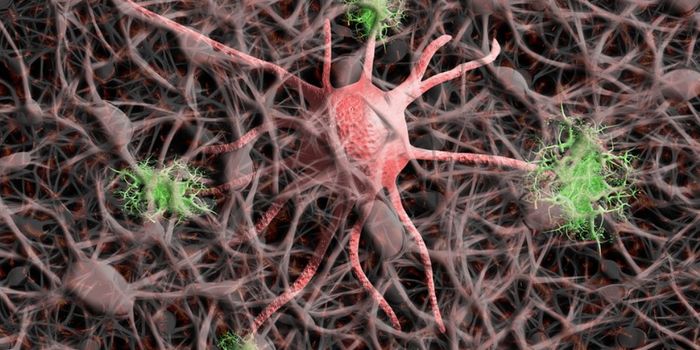Natural Molecule Enables Obese Mice to Shed Weight
A molecule that has been a focus of cancer research has been found to be a significant regulator of metabolism. Scientists at Georgetown University studied the effect of this molecule, FGFBP3, or BP3 for short, in a mouse model of obesity. They found that when they expressed the BP3 protein in the obese mice, it induced a pronounced reduction in fat mass, even though those mice consume food constantly.
Obesity impacts tens of millions of people globally, and is to blame for a variety of different medical problems like insulin resistance and hypertension. This research, which has been published in the journal Scientific Reports, may open up new therapeutic avenues for metabolic disorders like fatty liver disease or type 2 diabetes.
"We found that eight BP3 treatments over 18 days was enough to reduce the fat in obese mice by over a third," said the senior investigator of the research, Anton Wellstein, MD, Ph.D., a professor of oncology and pharmacology at Georgetown Lombardi Comprehensive Cancer Center.
Those treatments also acted to lessen dysfunction related to obesity in the mouse model; it lowered excessive blood sugar and reduced the fat in their livers. The investigators did not identify any negative side effects either. The researchers note that this is a natural protein, not a synthetic drug, and clinical trials of a recombinant form of BP3 may begin soon.
BP3 is a member of the fibroblast growth factor (FGF) family of binding proteins (BP), giving it the FGFBP3 name. FGFs can be found in a huge number of different organisms, from worms to humans. They play parts in many different and important biological processes, like the control of cell growth, injury response, and wound repair. Some FGFs can act as hormones.
BP1, 2, and 3 accompany FGF proteins, as 'chaperones' that move them around the body. Wellstein has been interested in BP1 gene for some time because it is expressed at higher levels in different cancers. That suggested that some cancerous growth may be connected to an excess of FGFs. Recently, the Wellstein lab has begun to investigate the exact function of BP3.
They have determined that BP3 can chaperone three FGF proteins, called 19, 21, and 23, which are involved in metabolic regulation. Sugar and fat storage is influenced by FGF19 and FGF 21, while FGF23 has a role in the metabolism of phosphate.
"We found that BP3 exerts a striking contribution to metabolic control," Wellstein said. "When you have more BP3 chaperone available, FGF19 and FGF21 effect is increased through the increase of their signaling. That makes BP3 a strong driver of carbohydrate and lipid metabolism. It's like having a lot more taxis available in New York City to pick up all the people who need a ride."
"With metabolism revved up, sugar in the blood, and fat processed in the liver are used for energy and is not stored," Wellstein continued. "And warehouses of fat are tapped as well. For example, the job of FGF21 is to control break down of fat, whether it is stored or just eaten."
More research will be necessary to confirm that BP3 is an effective way to treat human metabolic syndromes disorders, the researchers acknowledged.
Sources: AAAS/Eurekalert! Via Georgetown University, Scientific Reports
-
MAY 07, 2024Is It Anti-RNP or Anti-Sm/RNP?
- See More
-
APR 30, 2024Immuno-Oncology Virtual Event Series 2024
-
MAY 07, 20243rd International Biosecurity Virtual Symposium
-
JUN 06, 2024The Future of Scientific Conferencing
- See More


















































